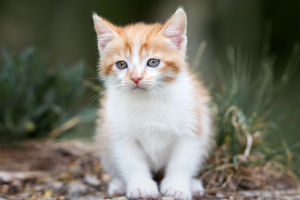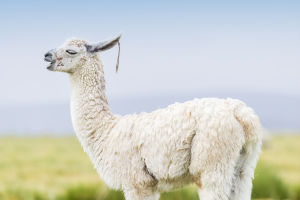The Western Barn Owl, scientifically known as Tyto alba, belongs to some of the most common owl species. This is because it has been found right across the world, from North America and Europe to parts of Asia, Africa, and even Australia.
With its strikingly white, heart-shaped face and elegant flight, the Western Barn Owl has taken well to everything from open fields and grasslands to urban areas.
The next section considers several of the important characteristics, behaviors, habitat, diet, and ecological functions of the Western Barn Owl, as well as its conservation status.
Appearance and Identification
The Western Barn Owl is a medium-sized owl that measures about 13 to 16 inches in length; it weighs about 31 to 37 inches across the wings. The most distinctive feature is that its heart-shaped face is white to cream-colored. The back and wings in general are mottled shades of gray and brown, the underparts lighter, usually white or pale buff. Not as common with most owls, the Barn Owl has completely dark eyes that make them appear very intense and captivating.
Behavior and Nocturnal Hunting
Barn Owls are one of those nocturnal hunters-that is, they do most of their hunting at night. They have very keen hearing, which helps them to locate prey even in complete darkness. Their asymmetric ears allow them to achieve this with very high precision. The Barn Owl flies silently due to the soft serrated edges of its feathers, thus allowing it to pounce on its prey without the latter's noticing it. These traits make them potent predators; hence, they primarily feed on small mammals like mice, voles, and shrews.
Habitat and Distribution
The Western Barn Owl has one of the largest distributions among owl species. It is adaptable to a wide range of environments: agricultural fields, open woodlands, marshlands, and even urban areas. So long as there is adequate food supply and suitable nesting sites, like barns, abandoned buildings, or hollow trees, a Barn Owl can live quite adaptively in its surroundings. They are surely common in more rural areas where large open fields provide ideal hunting.
Diet and Hunting Patterns
The Barn Owl's diet consists mostly of small mammals, hunted with amazing precision. Mice, voles, and shrews are the main components of their diet, though on rare occasions, if necessary, they may consume small birds, insects, and reptiles. An average Barn Owl family can consume thousands of rodents per year, thereby being very valuable in natural pest control. Hunting by the owl usually occurs at night, while it depends on its very sharp hearing to detect the slightest rustling sound of prey.
Breeding and Nesting
Barn Owls do not truly build nests. Instead, they take up residence in secluded areas such as barn lofts, hollows of trees, or cliff crevices. Pairs of Barn Owls are typically formed for life. Courtship between pairs involves mutual preening and calling. She lays 4 to 7 eggs, which she incubates for about 30 days. The young owlets are born helpless and are fed by both parents until they are ready to fledge, which usually happens around 50 to 55 days from hatching.
Conservation Status and Threats
Although the Western Barn Owl is not currently considered to be in danger, owing to habitat destruction and the consumption of pesticides, some populations have been declining, as well as road collisions. Also, in farming communities, their old buildings and barns, that serve as nests for these birds, are destroyed and result in fewer chance to sustain the numbers. Since many conservation activities have engaged only in the provision of artificial nesting boxes, along with organic farming, to avoid contact with pesticides. Elsewhere in the world, Barn Owls are encouraged as natural pest controllers in farming communities.
Lykkers, have you seen any wild Western Barn Owl, or at least have you experienced one in the dark? These birds take on a sort of ghostly appearance and fly silently for an eerie but dramatic spectacle across a moonlit sky. If you have any chance of getting close to them or are into some conservation effort for them, please do share your experiences, thoughts on how these birds affect local ecosystems, or communities.


